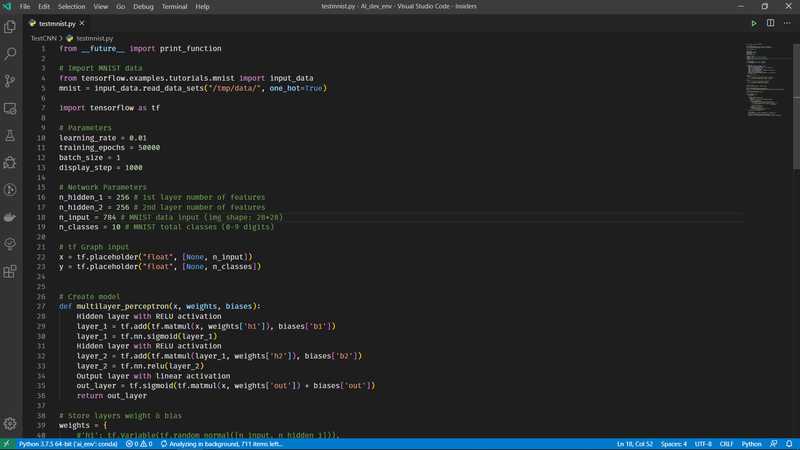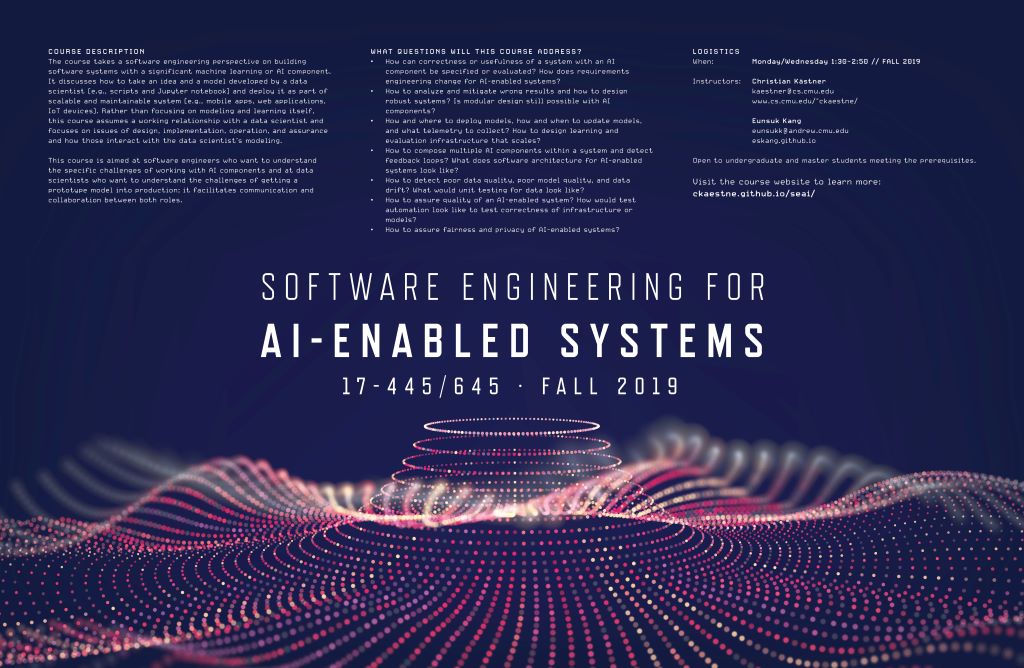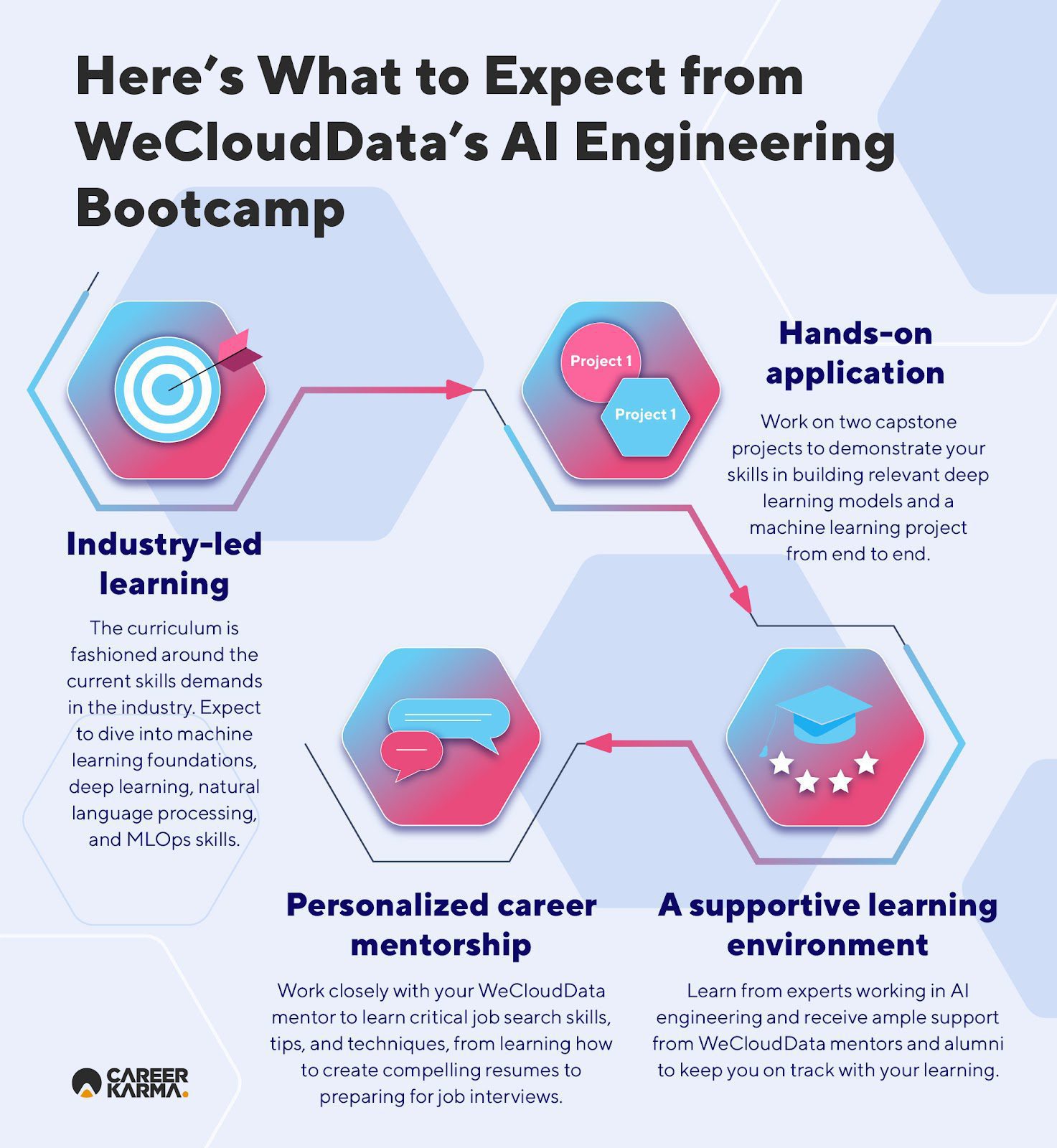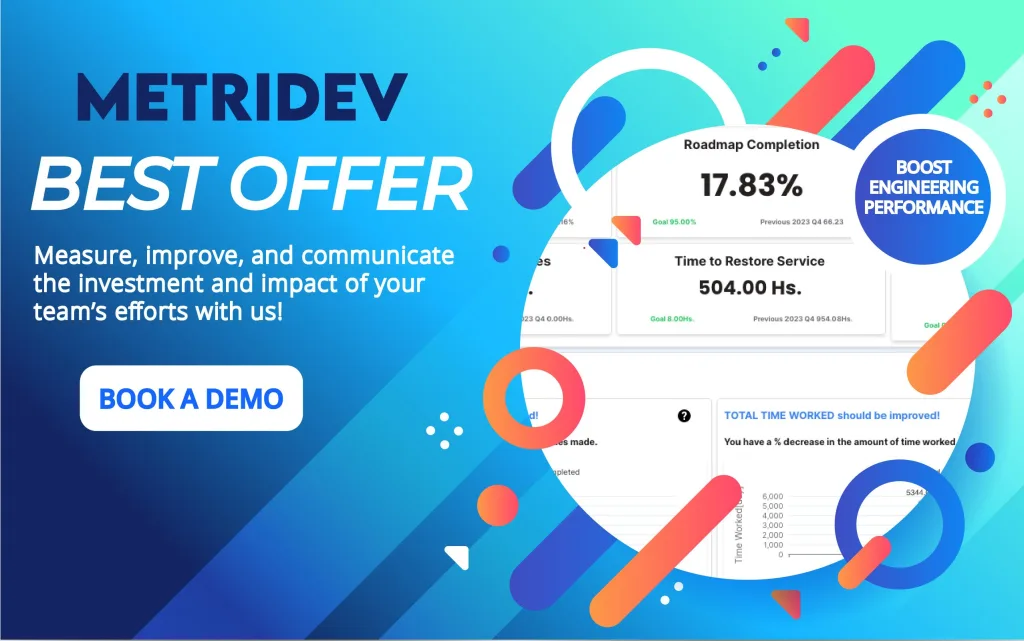All Categories
Featured
Table of Contents
- – Our Machine Learning Online Course - Applied M...
- – Rumored Buzz on Generative Ai For Software Dev...
- – The smart Trick of Training For Ai Engineers ...
- – 5 Best + Free Machine Learning Engineering Co...
- – Fascination About Ai And Machine Learning Co...
- – Not known Facts About Machine Learning Engin...
- – How I Went From Software Development To Mach...
Some individuals think that that's disloyalty. Well, that's my entire occupation. If someone else did it, I'm going to use what that person did. The lesson is placing that aside. I'm compeling myself to believe through the possible solutions. It's even more regarding consuming the content and trying to use those ideas and less concerning locating a collection that does the work or finding someone else that coded it.
Dig a little bit deeper in the math at the beginning, so I can construct that foundation. Santiago: Ultimately, lesson number 7. This is a quote. It claims "You need to understand every detail of an algorithm if you wish to utilize it." And after that I claim, "I believe this is bullshit recommendations." I do not believe that you have to comprehend the nuts and screws of every algorithm prior to you utilize it.
I have actually been utilizing neural networks for the longest time. I do have a feeling of how the slope descent functions. I can not discuss it to you today. I would certainly have to go and check back to really obtain a much better intuition. That doesn't imply that I can not resolve points utilizing neural networks? (29:05) Santiago: Trying to compel individuals to believe "Well, you're not going to succeed unless you can clarify every single information of exactly how this functions." It goes back to our sorting instance I assume that's just bullshit advice.
As an engineer, I have actually serviced numerous, lots of systems and I have actually used several, several points that I do not recognize the nuts and bolts of how it works, although I understand the effect that they have. That's the final lesson on that string. Alexey: The funny point is when I consider all these collections like Scikit-Learn the formulas they make use of inside to execute, for example, logistic regression or something else, are not the same as the algorithms we study in artificial intelligence classes.
Our Machine Learning Online Course - Applied Machine Learning Statements
Also if we attempted to find out to get all these essentials of equipment discovering, at the end, the formulas that these libraries utilize are various. Santiago: Yeah, definitely. I believe we need a whole lot a lot more pragmatism in the sector.

By the way, there are 2 different paths. I usually talk to those that wish to operate in the industry that wish to have their impact there. There is a path for researchers which is totally various. I do not risk to mention that since I do not recognize.
But right there outside, in the market, materialism goes a lengthy method without a doubt. (32:13) Alexey: We had a remark that stated "Really feels even more like inspirational speech than speaking about transitioning." Possibly we ought to change. (32:40) Santiago: There you go, yeah. (32:48) Alexey: It is an excellent inspirational speech.
Rumored Buzz on Generative Ai For Software Development
One of the points I wanted to ask you. First, allow's cover a couple of points. Alexey: Let's begin with core devices and structures that you need to learn to really transition.
I recognize Java. I understand SQL. I understand how to make use of Git. I recognize Bash. Perhaps I know Docker. All these points. And I read about maker knowing, it looks like a trendy point. So, what are the core devices and frameworks? Yes, I enjoyed this video clip and I get convinced that I do not require to obtain deep into math.
What are the core tools and structures that I need to learn to do this? (33:10) Santiago: Yeah, definitely. Great inquiry. I think, primary, you must begin discovering a bit of Python. Given that you currently know Java, I do not believe it's going to be a massive change for you.
Not since Python coincides as Java, but in a week, you're gon na obtain a great deal of the distinctions there. You're gon na have the ability to make some progress. That's top. (33:47) Santiago: Then you get specific core devices that are mosting likely to be made use of throughout your whole career.
The smart Trick of Training For Ai Engineers That Nobody is Discussing
You get SciKit Learn for the collection of device learning formulas. Those are devices that you're going to have to be making use of. I do not suggest just going and learning concerning them out of the blue.
We can speak about certain courses later. Take one of those courses that are going to start introducing you to some problems and to some core concepts of artificial intelligence. Santiago: There is a course in Kaggle which is an introduction. I don't remember the name, however if you most likely to Kaggle, they have tutorials there free of cost.
What's great regarding it is that the only requirement for you is to understand Python. They're going to present a trouble and inform you how to use choice trees to address that specific problem. I think that procedure is exceptionally powerful, because you go from no device discovering background, to understanding what the issue is and why you can not fix it with what you recognize right now, which is straight software program engineering practices.
5 Best + Free Machine Learning Engineering Courses [Mit Fundamentals Explained
On the other hand, ML designers focus on structure and releasing artificial intelligence versions. They concentrate on training versions with information to make forecasts or automate tasks. While there is overlap, AI designers deal with more varied AI applications, while ML engineers have a narrower emphasis on device understanding algorithms and their functional application.

Artificial intelligence engineers concentrate on creating and deploying device discovering designs right into manufacturing systems. They function on engineering, making certain versions are scalable, reliable, and incorporated into applications. On the various other hand, information scientists have a more comprehensive role that consists of information collection, cleaning, expedition, and structure models. They are typically in charge of removing understandings and making data-driven decisions.
As companies increasingly take on AI and maker knowing modern technologies, the demand for skilled professionals expands. Artificial intelligence engineers function on innovative projects, add to development, and have competitive incomes. Nevertheless, success in this field needs continuous discovering and staying on top of progressing modern technologies and techniques. Artificial intelligence roles are normally well-paid, with the possibility for high gaining capacity.
ML is basically various from typical software program development as it concentrates on teaching computer systems to pick up from data, instead of programming explicit rules that are implemented systematically. Unpredictability of outcomes: You are most likely made use of to creating code with predictable outcomes, whether your feature runs when or a thousand times. In ML, however, the end results are much less certain.

Pre-training and fine-tuning: Exactly how these designs are educated on vast datasets and after that fine-tuned for specific jobs. Applications of LLMs: Such as text generation, sentiment evaluation and details search and access.
Fascination About Ai And Machine Learning Courses
The capability to manage codebases, combine changes, and deal with disputes is equally as vital in ML advancement as it is in traditional software program jobs. The skills created in debugging and screening software applications are extremely transferable. While the context could alter from debugging application logic to identifying concerns in data handling or model training the underlying concepts of systematic examination, theory screening, and repetitive refinement are the same.
Artificial intelligence, at its core, is heavily dependent on statistics and chance theory. These are important for understanding exactly how formulas gain from information, make predictions, and assess their performance. You ought to consider becoming comfy with concepts like analytical value, circulations, theory testing, and Bayesian thinking in order to layout and analyze models successfully.
For those interested in LLMs, a complete understanding of deep knowing architectures is useful. This consists of not just the auto mechanics of neural networks but additionally the style of certain versions for various usage cases, like CNNs (Convolutional Neural Networks) for image processing and RNNs (Persistent Neural Networks) and transformers for consecutive data and all-natural language processing.
You should recognize these issues and find out strategies for identifying, reducing, and interacting about predisposition in ML designs. This includes the possible impact of automated choices and the ethical effects. Lots of versions, particularly LLMs, require considerable computational sources that are commonly provided by cloud systems like AWS, Google Cloud, and Azure.
Structure these abilities will certainly not just promote an effective transition into ML however also make certain that designers can add effectively and sensibly to the innovation of this vibrant field. Concept is important, however nothing defeats hands-on experience. Begin servicing jobs that permit you to apply what you've found out in a useful context.
Develop your projects: Begin with basic applications, such as a chatbot or a text summarization tool, and slowly boost complexity. The area of ML and LLMs is swiftly progressing, with brand-new breakthroughs and innovations arising on a regular basis.
Not known Facts About Machine Learning Engineers:requirements - Vault
Contribute to open-source tasks or compose blog messages concerning your learning journey and jobs. As you obtain proficiency, begin looking for opportunities to incorporate ML and LLMs into your work, or seek brand-new roles concentrated on these modern technologies.

Vectors, matrices, and their duty in ML algorithms. Terms like design, dataset, features, tags, training, inference, and recognition. Information collection, preprocessing methods, model training, evaluation procedures, and implementation considerations.
Choice Trees and Random Forests: Intuitive and interpretable versions. Matching issue kinds with suitable designs. Feedforward Networks, Convolutional Neural Networks (CNNs), Frequent Neural Networks (RNNs).
Constant Integration/Continuous Deployment (CI/CD) for ML workflows. Model monitoring, versioning, and performance monitoring. Detecting and attending to modifications in model performance over time.
How I Went From Software Development To Machine ... Things To Know Before You Get This

Training course OverviewMachine understanding is the future for the future generation of software application professionals. This training course offers as a guide to machine learning for software program engineers. You'll be introduced to 3 of one of the most appropriate elements of the AI/ML technique; overseen understanding, neural networks, and deep discovering. You'll comprehend the distinctions in between conventional shows and device learning by hands-on growth in monitored discovering prior to developing out intricate dispersed applications with neural networks.
This course works as an overview to maker lear ... Show Much more.
Table of Contents
- – Our Machine Learning Online Course - Applied M...
- – Rumored Buzz on Generative Ai For Software Dev...
- – The smart Trick of Training For Ai Engineers ...
- – 5 Best + Free Machine Learning Engineering Co...
- – Fascination About Ai And Machine Learning Co...
- – Not known Facts About Machine Learning Engin...
- – How I Went From Software Development To Mach...
Latest Posts
How To Crack Faang Interviews – A Step-by-step Guide
What To Expect In A Software Engineer Behavioral Interview
Top Coding Interview Mistakes & How To Avoid Them
More
Latest Posts
How To Crack Faang Interviews – A Step-by-step Guide
What To Expect In A Software Engineer Behavioral Interview
Top Coding Interview Mistakes & How To Avoid Them